The billionaire boom: How the world’s super-rich soaked up COVID-19 cash
Whether a boom of this scale is stabilising or destabilising to countries and their societies depends in part on where the wealth is coming from, says Morgan Stanley strategist Ruchir Sharma.
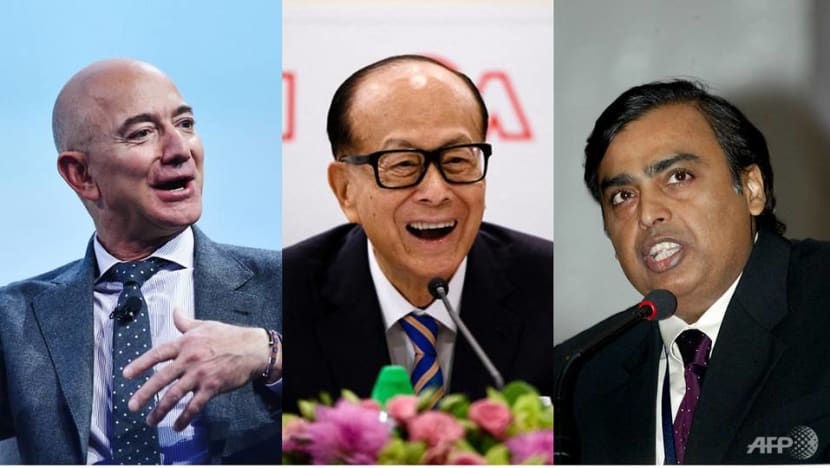
Hong Kong property tycoon Li Ka-shing and Indian business magnate Mukesh Ambani are two of Asia's richest billionaires. (Photos: AFP)
Over the past two decades, as the global population of billionaires rose more than fivefold and the largest fortunes rocketed past US$100 billion (S$132 billion), I started tracking this wealth.
Not for the voyeuristic thrill, but for warning signs. Rising inequality was becoming ever more of a political issue, threatening to provoke popular backlashes against capitalism itself.
The pandemic has reinforced this trend. As the virus spread, central banks injected US$9 trillion into economies worldwide, aiming to keep the world economy afloat. Much of that stimulus has gone into financial markets, and from there into the net worth of the ultra-rich. The total wealth of billionaires worldwide rose by US$5 trillion to US$13 trillion in 12 months, the most dramatic surge ever registered on the annual billionaire list compiled by Forbes magazine.
The billionaire population boomed last year as well. On the 2021 Forbes list, which runs to Apr 6, their numbers rose nearly 700 to a record total of more than 2,700. The biggest surge came in China, which added 238 billionaires – one every 36 hours – for a total of 626.
Next came the US, which added 110 for a total of 724. The top 10 gainers in the US and China each saw already vast fortunes grow in just one year by sums that not long ago would have seemed impossible in a lifetime: From US$25 billion to more than US$150 billion for Tesla founder Elon Musk.
Already these numbers are fuelling the anger of prominent progressives such as Elizabeth Warren and Bernie Sanders, who have been calling on America to tax billionaires out of existence. Though President Joe Biden has not joined these calls he has begun to hum a similar tune, citing the billionaire class windfall during the pandemic as reason to tax the very rich more heavily and redistribute wealth to the middle class.
READ> In Singapore, 16-year-olds are training to manage billion-dollar investment portfolios
‘GOOD’ AND ‘BAD’ BILLIONAIRES
I started tracking billionaire wealth in my home country, India. Back in 2010 anger against the new wealth elite was growing, and my first parsing of the Forbes lists helped explain why. Although India is relatively poor, billionaire wealth had soared to the equivalent of more than 17 per cent of gross domestic product, one of the highest shares in the world, with most of the gains accruing to a narrow set of families in industries prone to crony capitalism.
Since then I have refined my reading of the Forbes billionaire data into a system for anticipating which nations are most at risk of anti-wealth revolt – a threat that has never loomed larger than right now. It is geared towards pragmatists interested in knowing where the wealth of billionaires is coming from, and assessing their contribution to the economy.
To pinpoint the most and least bloated national billionaire elites, I calculate billionaire wealth as a share of GDP. To identify entrenched, family-based elites, I tally the share of billionaire wealth that comes from inherited fortunes, which are far less widely celebrated than self-made fortunes.
Most important, I distinguish “good” from “bad” billionaire elites by calculating the share of their wealth that comes from generally clean, productive industries – particularly technology and manufacturing – as opposed to industries such as real estate or oil. No doubt, this miscasts many oil or real estate tycoons. But in general those industries are less productive, more prone to corruption and enjoy less goodwill, and thus the sight of too many billionaires rising in those fields is more likely to incite populist backlashes.
In contrast to India, America’s billionaire class looked surprisingly well balanced in the early 2010s, given the reputation of the US as the home of trickle-down capitalism. Billionaire wealth totalled about 10 per cent of GDP at that time, which was in line with the average for wealthy countries. More importantly, relatively few of the leading US tycoons got their start by inheriting fortunes, or built their wealth in “bad” industries.
By 2015, the picture had changed dramatically on one of my three key measures. Billionaire wealth had surged to 15 per cent of GDP. That year, Sanders became the first American presidential candidate to campaign against the “billionaire class”, and many others have since joined in billionaire-bashing.
The stock market gains of 2020 flowed largely to tech companies and their usually self-made founders. The share of billionaire wealth held by family scions and “bad billionaires” fell even further. “Good” billionaires still rule the class. But the sheer scale of US billionaire wealth mushroomed in the space of one year to nearly 20 per cent of GDP.
My analysis focuses on 10 of the top emerging and 10 of the top developed economies, and the American billionaire class is now the second most bloated among its peers. The most bloated is – surprise – in Sweden, which many progressives still mischaracterise as a social democratic utopia. In the past five years Sweden’s population of billionaires has risen from 26 to 41, 10 of them popping up just last year, when their wealth leapt up as a share of GDP from 20 per cent to near 30 per cent.
A similar trend is unfolding in traditionally left-leaning France, where billionaire wealth had risen steadily to 11 per cent of GDP when the pandemic hit, and jumped to 17 per cent last year. In the UK, by contrast, billionaire wealth has remained relatively flat as a share of GDP, inching up slightly last year to 7 per cent.
READ> India’s Mukesh Ambani: Bad boy billionaire or ‘a simple man’?
CHINA AND ITS 626 BILLIONAIRES
Thus the stereotypes – of anything-goes Anglo capitalism versus French and Swedish levelling – don’t yield much insight on the fortunes of the ultra-rich. Sweden has long abandoned central elements of the social democratic agenda, including wealth and inheritance taxes, as impractical. They did not generate the expected revenue, and Swedes had no desire to drive away the founders of their widely admired, globally competitive corporations. When the billionaire founder of Ikea, Ingvar Kamprad, died in 2018, one newspaper wrote that short of the king, Bjorn Borg and a few others, it would be hard to name a more popular Swede.
Similarly, China is no longer as statist as admirers of Chinese “state capitalism” think. Not only did its billionaire population explosion dwarf all others in 2020 but together they added nearly US$1 trillion to their collective fortunes, which nearly doubled as a share of GDP to 15 per cent. The changes on China’s billionaire list reflect the recent decline of the old economy, dominated by commodity and real estate companies, and the rise of a new economy, led by companies in sectors such as e-commerce and pharmaceuticals, which are generating most of the wealth.
Whether a boom of this scale is stabilising or destabilising depends in part on where the wealth is coming from. In China, as in the US, most of the new billionaires are rising in dynamic, highly productive industries, led by technology and manufacturing. Among the 10 top emerging economies on my list, China is in a virtual tie with Taiwan and South Korea for the leading share of billionaire wealth that comes from “good” industries, at a bit more than 40 per cent. That is nearly twice the emerging country average.
China seems conflicted about how to square vast fortunes with what’s left of Maoist values. Before the 2010s, Beijing seemed to be enforcing an unwritten rule that no fortune should surpass US$10 billion. Tycoons whose net worth approached that mark tended to find themselves cut down suddenly by government investigators. As big Internet companies took off, the net worth of their founders shot up and, perhaps before authorities could react, surpassed US$10 billion for the first time in 2014.
Just seven years later there are more than 50 Chinese deca-billionaires. In their recent efforts to rein in leading internet tycoons, such as Jack Ma of Ant Group (net worth US$48 billion), Beijing appears to be reasserting control. But since China’s aim of replacing the US as the world’s leading economy depends on its tech prowess, it may be loath to push too hard.
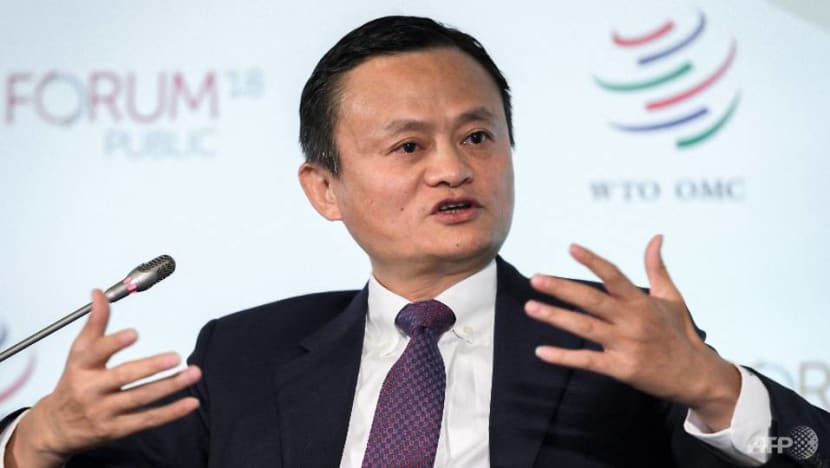
THE AMERICAN DREAM
America’s relationship with its billionaire class is no less complex. Built on the premise that anyone can get fabulously rich, the US has rarely been inclined to target those who realise the dream. Only in periods of extreme inequality, such as the robber baron age of the early 20th century, were magnates such as John D Rockefeller targeted as public enemies. Despite talk of a new gilded age, until recently top tycoons were more likely to be celebrated than vilified. It helped greatly that many were self-made entrepreneurs, philanthropists or – such as Bill Gates and Warren Buffett – both.

Broadly speaking, the sources of American billionaire wealth still look less questionable than those of their peers. A third comes from “good” industries, the highest in the developed class, compared to about a quarter for the runner-up, Australia. Only about a quarter of their wealth derives from inheritance, well below the class average of more than 40 per cent and far below the more than 60 per cent share in Sweden, France and Germany. From this perspective, the traditional image of the US as a new world relatively free of corrupt political and family ties seems to have some foundation.
The scale of American wealth is also worth considering in context. As the world’s richest man, Jeff Bezos’s US$177 billion may seem mind-boggling. But at 0.8 per cent of GDP, it is far from Rockefeller wealth, which at his peak amounted to 1.6 per cent of GDP.
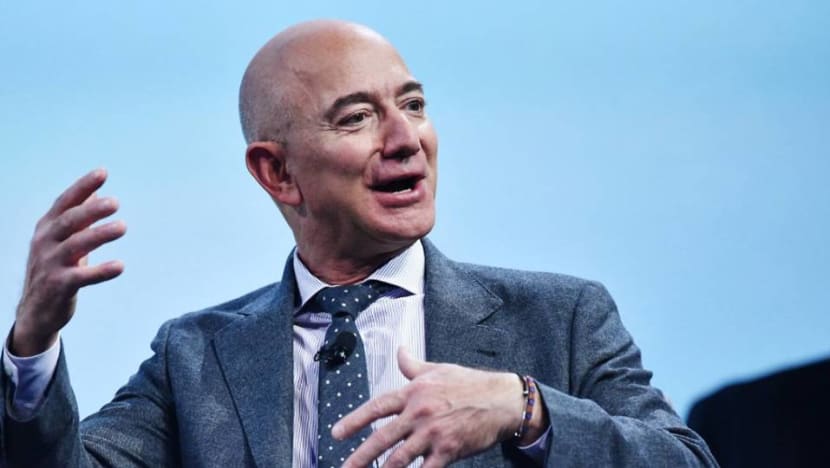
There are, however, many real Rockefellers in other countries, including five in Sweden, two each in Mexico, France, India and Indonesia, and one each in Spain, Canada, Italy and Russia. Top of the Rockefellers list are self-made fashion king Amancio Ortega of Spain, telecom titan Carlos Slim of Mexico and Bernard Arnault of France; each has a fortune equivalent to more than five per cent of his home country’s GDP.
Still, the scale of mega-billionaire fortunes, and their growing number, is bringing down political wrath on the entire class, no matter what their accomplishments or contributions. Heads and founders of the American tech giants have been hauled before Congress to defend themselves, cast in the role of grasping, all-powerful monopolists.
In 2016, Sanders was willing to concede that there were some “great billionaires”, citing Gates. Four years later he was hammering the fact that the bottom half of American families had a combined net worth lower than the top three – which at the time was a reference to Gates, Bezos and Buffett. Increasingly, big is synonymous in the American political mind with bad, and it is likely no coincidence that soak-the-wealthy tax proposals from progressives have strong support, even among some Republicans.
The experience of Germany offers a telling counterpoint. It has been boom times for German billionaires too. Their number rose by 29 to 136 last year, but their total wealth edged up only slightly as a share of GDP. Most keep a low profile, avoiding the superyacht scene in St Tropez, and there are no budding Rockefellers among them. The average wealth of the top 10 is US$23 billion, compared to US$105 billion for their American peers. Many large German fortunes classify as inherited, but often those tycoons arise from the Mittelstand; family-run, often small to medium-sized companies, which are the backbone of German industry and still a source of national pride.
There is no equivalent of the American anti-billionaire movement in Germany. Also, for now the US backlash is being constrained by the lingering popularity of its many “good” billionaires – despite their 12-figure fortunes.
Many millennials see a figure such as Elon Musk as a visionary hero, building the battery-powered economy that will save us from global warming, and his 53 million Twitter followers may not begrudge the fact that his fortune grew six-fold last year.
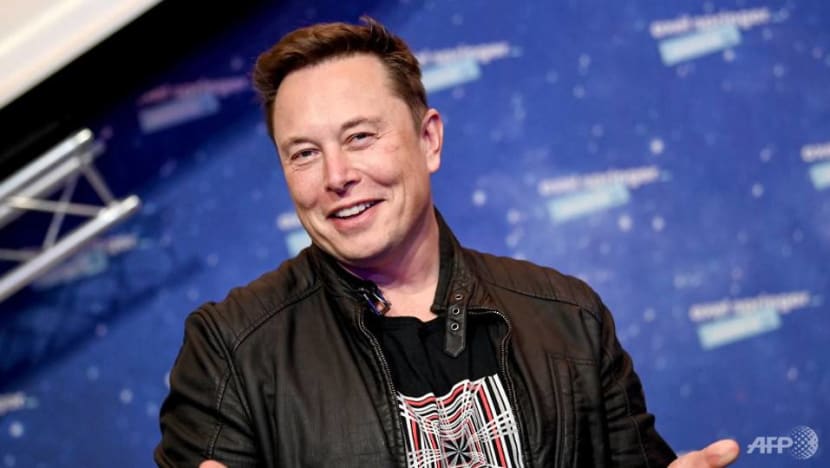
One wonders, however, whether Sweden will continue to embrace its vast family fortunes as fundamentally good, now that the boom of 2020 has solidified its status as the land of the new Rockefellers. France, too, having recently repealed wealth taxes, may face pressure to reconsider, given that its billionaire class scores poorly for scale, inherited fortunes and a small share of “good” billionaires. Although the British billionaire class looks well balanced on the whole, it does flash red on one indicator: Second-worst in class for “bad” billionaires, behind Australia, thanks to a recent bonanza for real estate companies.
READ> When wealthy Asian families fight, here's how they avoid ugly public battles
MOSCOW, CAPITAL OF ‘BAD’ BILLIONAIRES
Russia has long occupied a special place on my lists, as the world capital of “bad” billionaires. It lost that mantle recently to Mexico, but with only 13 members the Mexican billionaire elite is tiny. A 2020 surge took Mexico’s “bad” billionaire wealth share up to 75 per cent, leaving Russia second worst among the big developing nations, at 60 per cent, or three times the average for emerging nations.
The Russian list is surprisingly long for a not-so-big economy, at nearly 120 names, and in the past studies showed that an overwhelming majority of them live in and around Moscow. At the same time they were earning a reputation for showy global display.
Among the emerging nations, Russia scores poorly for the scale of billionaire wealth, and “bad” billionaires. It does score well for low inherited wealth but this is misleading: Russia adopted elements of capitalism only after the fall of Soviet communism, too recently for families to build generations of wealth.
So far the Moscow authorities have been able to smother festering discontent, but the same can’t be said in Mexico. Anger over inequality helped bring leftwing President Andres Manuel Lopez Obrador to office, and deteriorating scores for the sources and family origins of its billionaire wealth could increase pressure on Lopez Obrador to act.
At the other end of the scale, Japan may score almost too well. It has lots of “good” billionaires, few “bad” ones and relatively little inherited wealth. But the class as a whole is so small, with wealth equal to barely 4 per cent of GDP, it would appear to symbolise long-term stagnation. In any case, Japan is not ripe for revolt against a class that is barely present there.
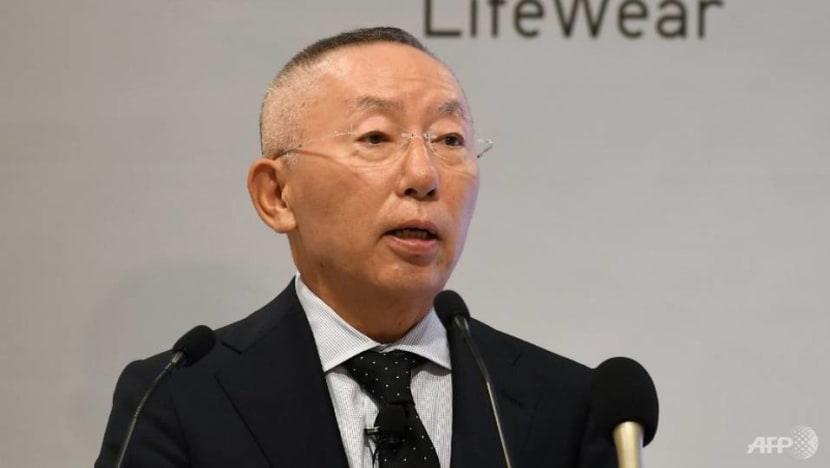
The pandemic accelerated many economic and social trends that were already in motion. The billionaire classes grew at a record pace, raising the threat of anti-wealth backlashes. In rich countries these stirrings are as yet focused almost entirely on clawing back wealth through taxation, without addressing the fundamental driver of the market and thus the billionaire boom: Easy money pouring out of central banks. Easy money is as popular as higher taxes among progressives, as another way to pay for social programmes. So wealth inequality is likely to continue widening until the monetary spigots are turned off.
What happens next in terms of the public’s attitude towards wealth creation depends in part on how the boom evolves from here. To date, the biggest gains have accrued to self-made entrepreneurs in productive industries such as tech and manufacturing. The good times for “good” billionaires may be helping to keep anger over wealth inequality in check. But the billionaire lists should be watched for warning signs.
Ruchir Sharma is chief global strategist at Morgan Stanley Investment Management. He is the author of The Ten Rules of Successful Nations.
By Ruchir Sharma © 2021 The Financial Times










